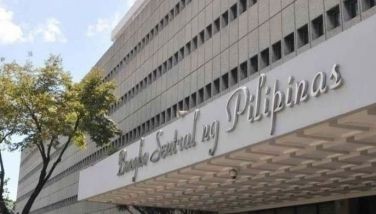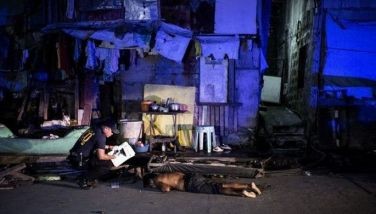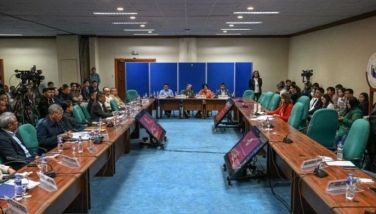ADB bats for safety nets to protect Asia’s gains
MANILA, Philippines - Asia’s resilience to shocks is being tested again by the turmoil on the world’s financial markets and a particularly destructive start to the monsoon season, according to Asian Development Bank (ADB).
To deal with further shocks, ADB suggested employing safety nets to deal with the growing risks and vulnerabilities that endanger the region’s hard-won socio-economic gains and success in reducing poverty.
ADB Independent Evaluation director general Vinod Thomas said that Asia leads the world in the pace of growth, but governments need to be more conscious of the risks facing the region from economic, social, and environmental factors.
“Emerging vulnerabilities point to a longer road than previously expected in eradicating extreme poverty in the region unless action is stepped up,†Tomas said in ADB’s Independent Annual Evaluation 2013.
The other main source of vulnerability is from a marked increase in floods, storms, and drought worldwide, but especially in Asia and the Pacific. This will require governments to ramp up disaster preparedness.
“A big worry is that the uncertain outlook seems to be sapping the commitment of governments to finding novel solutions,†said Walter Kolkman, the report’s main author. “But the vulnerabilities need to be confronted because they will deflate economic growth while hitting the poor hardest.â€
Kolkman said evaluative evidence supports the effectiveness of governments transferring resources in cash directly to the poor to broaden their access to economic opportunities.
Social safety nets have been shown to be effective in reducing poverty when cash transfers are conditioned on the poor sending their children to school and using health services, he said.
A case in point is the Philippine government’s Pantawid Pamilya conditional cash transfer (CCT) program to the poor, which is conditional on beneficiary households meeting health and education targets. The ambitious program is showing promising early results, reaching nearly four million households as of March this year and targeting 5.2 million by 2015.
Microfinance programs also offer the potential for reducing poverty and promoting inclusive growth, but more so if linked to wider banking services than to credit alone, and if they are combined with social protection.
But the access of financial services to the poor remains a struggle, ADB noted.
A survey of six countries in the region showed that fewer than nine percent of microfinance borrowers lived on below $1.25 a day and fewer than 22 percent on $2 a day.
In the area of natural disasters, greater preparedness and better prevention works, such as river dikes and storm drains are another solution that needs to be scaled up.
Despite crippling floods hitting Bangkok, Beijing, Jakarta, and Manila in recent years, disaster preparedness in most of Asia’s developing countries remains disturbingly low.
- Latest
- Trending































